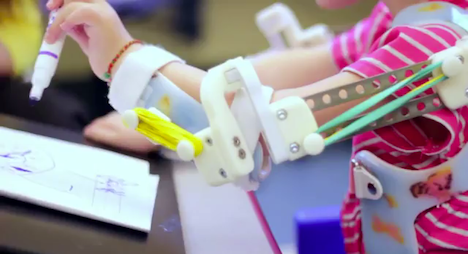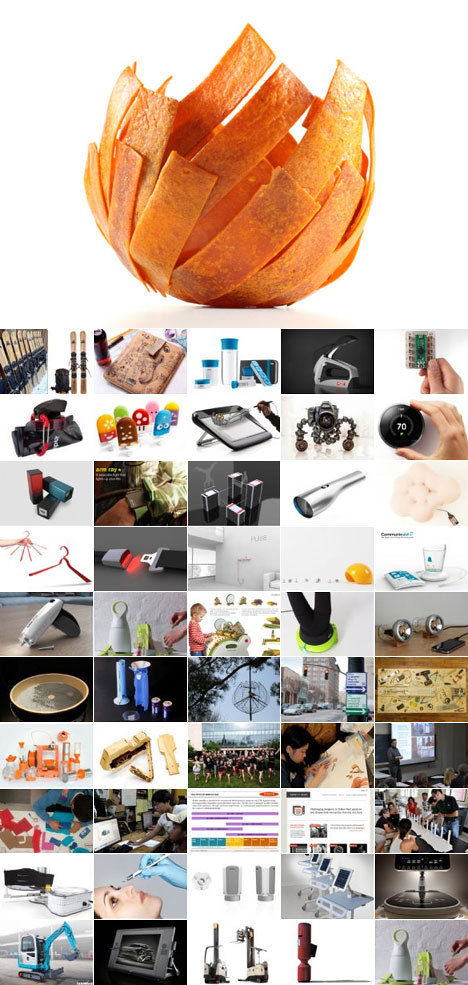
After working his way through the South, Dave talks with innovators of the automotive industry in Phoenix and Los Angeles. Keep up-to-date with all of the adventures on Route 77 by following @DaveSeliger on Twitter!
Day 13

I was very excited to find out that Local Motors, a crowd-sourced car company, was based out of Phoenix, AZ—right in the middle of my four days driving through the desert. Local Motors released the first generation of the Rally Fighter in 2010 and is now rolling out the second generation. The company has also hosted design competitions for a variety of clients, including DARPA and Peterbilt. However, Local Motors faces stiff criticism that the company is effectively lowering the value of designers through their design competitions. I sat down with Local Motors' Adam Keiser and Alex Fiechter to learn how the company is attempting to disrupt the auto manufacturing industry through crowd-sourced design, as well as increase the value of designers along the way.


Local Motors CEO Jay Rogers initially came up with the concept for a community-driven (no pun intended) car design company while a student at the Harvard Business School. The point behind having a community—called the Forge—design a car is to have them design the car they would want to buy and then make that car a reality. In this way, Local Motors has an established niche market before the car is even produced. This is in stark contrast to the current paradigm of auto manufacturing. "You can't walk into Ford or GM and say, 'I want a car exactly how I want it designed,'" said Keiser. Moreover, Local Motors is set-up to have an extremely quick turnaround from initial sketches to a working prototype; in the case of the Rally Fighter, this timeline was only 18 months.


At the very foundation of this business model, though, is having a dedicated community of designers and engineers that will design whatever this car is. Fiechter argued that the compensation for the winning designer is more than fair. In the case of the Rally Fighter, winner Sangho Kim received an initial reward of $7,500, and then another $10,000 when Local Motors started to develop the car. The implicit understanding is that the prize money is representative of Local Motors purchasing the designer's IP. Given that each competition only lasts for 3 to 4 weeks, and that a majority of competitors are students or recent graduates, "that's pretty significant compensation for that amount of time," said Feichter.
Ride along after the jump...
(more...)

 Luxx Box's Watch Out
Luxx Box's Watch Out David Shaw's Flow
David Shaw's Flow Luxx Box's Milk and Tingle
Luxx Box's Milk and Tingle Derlot's Picket
Derlot's Picket 






 Reporting by Tony Ho Loke
Reporting by Tony Ho Loke













 Photos by Richard Barnes for the New York Times
Photos by Richard Barnes for the New York Times



 Paddy Donnelly designed poster, a backers gift for Kickstarting the 3rd Season of 99% Invisible. An ode to the audio cassette and a time when a pencil could solve all of our problems.
Paddy Donnelly designed poster, a backers gift for Kickstarting the 3rd Season of 99% Invisible. An ode to the audio cassette and a time when a pencil could solve all of our problems. 99% Invisible host Roman Mars.
99% Invisible host Roman Mars.

















